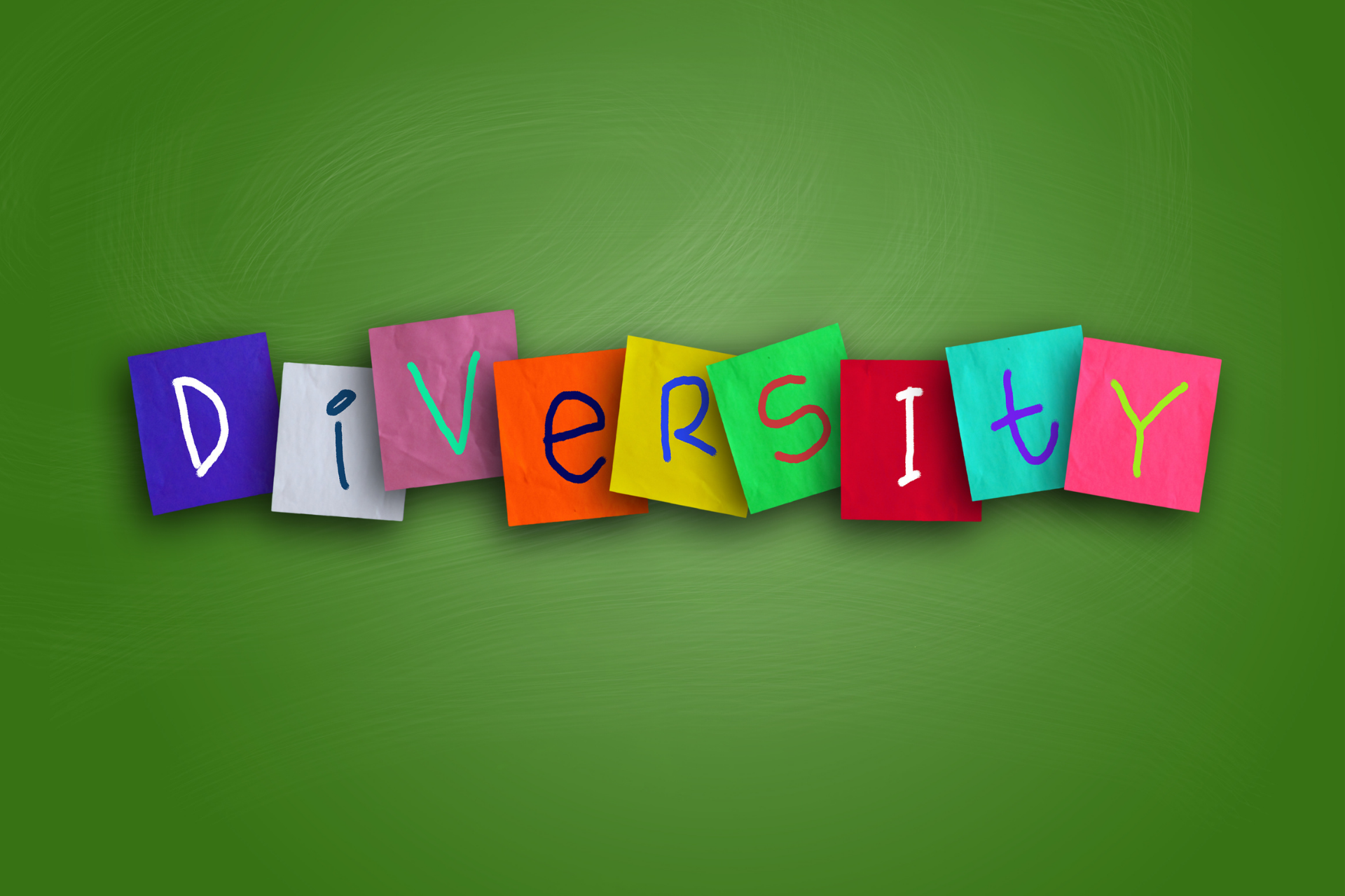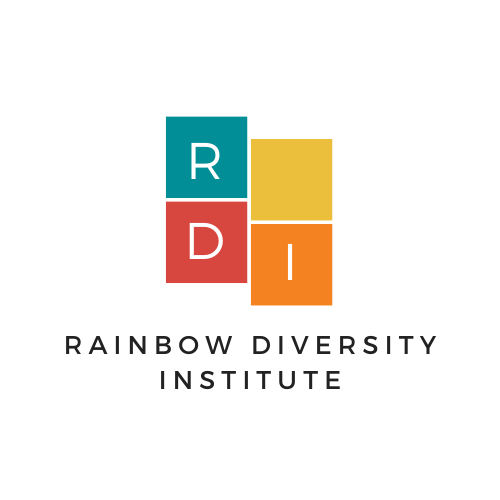Author: Malissa Bryan (she/they), M.A, PhD student
Let’s be real: Starting your career is already filled with ups and downs. You’re trying to prove that you got what it takes, you’re navigating the rules, meeting new people who are already established within their careers, and influencing the workplace culture.
Now imagine the extra layer of trying to show up authentically in places that do not always respect you or see you for who you are. That is a real experience for many people from historically excluded communities. Racialized people, newcomers, and many others often have the additional burden of navigating the consequences of workplaces that lack cultural competency and meaningful inclusion.
Cultural competency is not just a nice-to-have. For those of us who have had to spend a lifetime navigating systems and workplaces that weren’t built with us in mind, cultural competency is about survival, connection and living our truth. Cultural competency enhances belonging in the workplace and for the communities we serve.
Below are some real barriers that you may face when working towards building cultural competency early in your career, and steps you can take to push through them.

Limited Exposure to Other Lived Realities
Even if you have personally experienced what it means to move in the world differently, you don’t always know what that experience may feel like for someone else. You may have lived in communities, gone to schools with people who looked like you, shared similar beliefs, or similar struggles as you, but this did not reflect the full spectrum of people and identities in our world. This can create an echo chamber, make it hard to fully understand, and make space for realities and perspectives that differ from our own.
How to Move Through It:

- Be genuinely curious without being performative. Ask questions.
- Attend community events that centre lived experiences that differ from your own
- Participate in discussions that centre historically excluded people, listen more than you speak, and offer support.
- When people share their experiences, respect them and believe them.
Nobody Taught You
Many folks did not grow up learning about cultural humility, cultural competency, identity, discrimination, or power dynamics in schools and workplaces. You might have seen it, experienced it, but not given the words to name it. In most workplaces, cultural competency training is not mandatory.
How to Move Through It:
- Be intentional in learning about other cultures and communities
- Listen to podcasts and read books from diverse authors
- Do your research to learn more about cultures and communities that you are not familiar with.
- Advocate for ongoing EDI and cultural competency training within your organization instead of one-off training.

Avoiding Discomfort or Guilt
Conversations about race, culture or identity can feel uncomfortable, especially if you haven’t had them in the past. This discomfort can lead you to avoid engaging with issues of discrimination.
How to Move Through It:

- Recognize that discomfort is not harm
- Sit with discomfort instead of avoiding it
- Process emotions with other folks who are ready to lean in
- Learn to tolerate tension. Growth doesn’t always feel comfy.
- Get honest about your reactions. When you feel yourself shutting down or getting defensive, take a deep breath and ask: What am I protecting right now? My ego? My comfort?
Unchecked Unconscious Bias
Unconscious bias shows up in subtle, sneaky ways: it impacts who you see as reliable, competent, honest, trustworthy, and who you are comfortable mentoring and being mentored by. Unconscious bias can impact who you hire, which colleagues you build a connection with, how you treat clients, and even whose concerns you take seriously. These snap judgments can increase when workplaces lack diversity.
How to Move Through It:
- Be honest about your blind spots. Ignoring bias is harmful. Tools like the Harvard Implicit Association Test can help you begin to uncover your bias, but deep and consistent reflection is where the real work happens.
- Interrupt habits as they happen. Did you just talk over someone? Did you ignore someone? Ask yourself why.
- Question your default responses.

Confusing Diversity with Competency
Many workplaces misuse the word diversity as if it were a magic fix. Having a diverse workforce or clientele doesn’t tell us anything about the state of the environment, if it is an inclusive, equitable or culturally competent workplace. Representation alone should not be mistaken for progress.
How to Move Through It:

- Recognize that even if you are new in your career, it doesn’t mean you are neutral.
- Build habits now. Early career is the best time to build anti-racism practices which live in your everyday actions. How you listen, whose feedback you value, what you normalize and what you interrupt.
- Don’t let visible diversity trick you into thinking the work is done.
Overall, cultural competency isn’t a destination; it is a daily practice and way of life. The systems you are stepping into weren’t likely built with equity and cultural competency in mind. You have the choice to either follow the status quo or be a part of the shift.
Start with small steps, but start authentically. Don’t wait for a title or someone else to be a part of the change.
We’re Here to Support Your EDI Journey!

